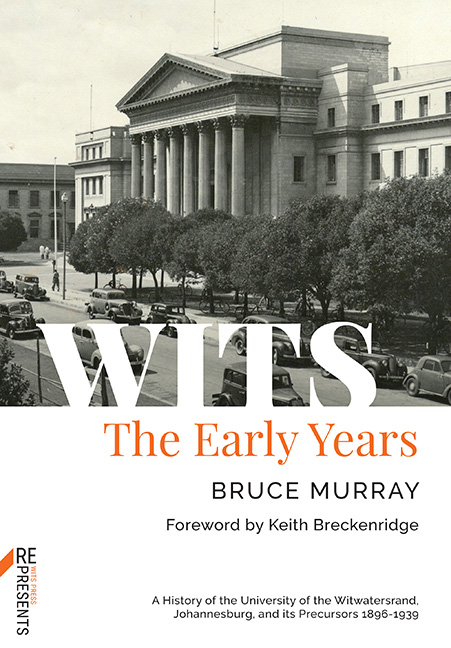6 - The Professional Faculties
Published online by Cambridge University Press: 24 November 2023
Summary
At its inception the University possessed four faculties preparing students for the professions: engineering, which included architecture; medicine, which came to include dentistry; law; and commerce. In 1929 dentistry became an independent faculty, thereby completing the prewar list of faculties within the University.
The twenties was generally a difficult decade for the professions, giving rise to alarmist talk of an over-supply of university graduates. It was simultaneously an important decade for defining and protecting access to the professions in South Africa. During the decade Parliament enacted legislation to supplement or supersede pre-Union laws regulating admission to several of the professions. It passed the Admission of Advocates Act (1921), which amended the pre-Union laws on the admission of advocates; the Chartered Accountants Designation Act (1927), which conferred upon the members of the four provincial societies of accountants the use of the designation Chartered Accountant (South Africa); the Architects and Quantity Surveyors Act (1927), which established the Institute of South African Architects as a national statutory body and restricted the right to practise to registered architects and quantity surveyors; and the Medical, Dental, and Pharmacy Act (1928), which established the South African Medical Council and the South African Pharmacy Board as statutory bodies. This last Act had first been proposed in 1923, but had been held up by the contentious clause 34, which provided penalties for practising by unregistered persons. Although the idea of securing statutory recognition and protection for professional engineers was also mooted, no proposals were submitted to Parliament.
Much of this legislation was strenuously opposed by practitioners threatened with exclusion. In the case of the chartered accountants a complicated compromise had to be devised. Under the so-called ‘Pearce Agreement’ special provision was made for admission to the provincial societies of established public accountants who had not previously belonged. The purpose of the legislation was to provide status and protection for recognized practitioners, while assuring the general public of their credentials. The legislation was welcomed by the universities as it afforded protection to their graduates.
- Type
- Chapter
- Information
- WITSThe Early Years, pp. 162 - 196Publisher: Wits University PressPrint publication year: 2022



